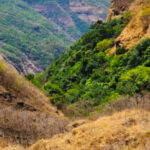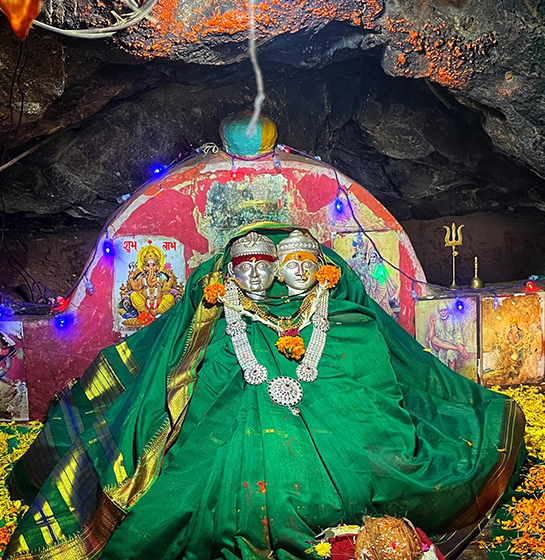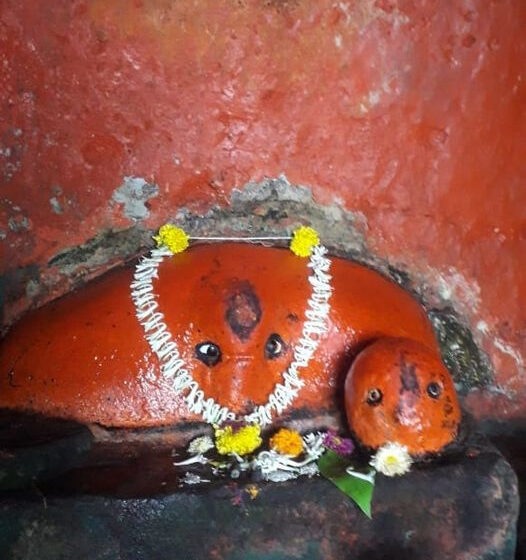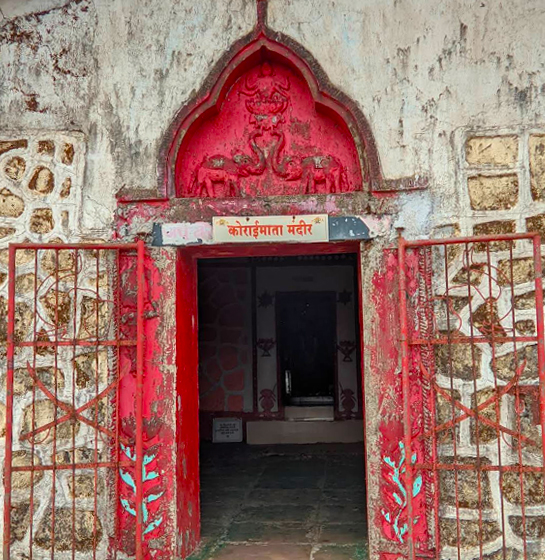Taila Baila Fort
Amazing Tailbaila – Mulshi
Among the mountain ranges to the west of Mulshi, stands out this precious gem of the Sahyadris. The formation of the Sahyadris occurred due to volcanic eruptions and the resultant lava flow. As these layers of lava cooled, many distinctive formations were created. One such formation is called a “dyke.” Tailbaila, also known as Kawadicha Dongar (Mountain), is an excellent example of this type of formation. A dyke is a wall of basalt rock that forms due to the accumulation and cooling of lava in a specific way. The mountain of Tailbaila draws attention because of its two rock walls. The height of Tailbaila’s wall is approximately 1013 meters (3322 feet), and it runs north-south. In the middle of this wall, there is a “V”-shaped notch, dividing the wall into two parts. To climb to the top of these walls, mountaineering gear and knowledge of mountaineering techniques are essential.
In ancient times, this village used to be a resting place for oxen. From this village, there are two old mountain passes leading down to the Konkan: Savashni Ghat and Waghjai Ghat. When trade routes were active, ox carts carrying goods from the plains were left here. This might be why the village got the name “Bailtal” (Resting place for oxen), later known as Tailbaila. This transportation was mainly for imports and exports. Various ports in the Konkan were connected via these mountain passes. Both Savashni Ghat and Waghjai Ghat are also worth seeing, but only seasoned trekkers should venture there as the routes are difficult. These same paths lead to Thanale Caves, Sudhagad, and Sarasgad, but it is advised to avoid going if you are not familiar with the routes, as there is a high chance of getting lost.
Location: Tailbaila Village
How to reach: From Pune, follow the Paud-Mulshi route to reach Nive. From Nive, turn right towards Bhambarde village, and from there, reach Tailbaila village. There is also an ST (State Transport) bus service, but the timings are not very convenient. There is a direct bus from Swargate, Pune, to Tailbaila village. It’s recommended to contact Swargate Bus Station for more details.
Tailbaila and Ghangad can both be visited in a single day. Although relatively simple, even a small mistake can lead to accidents. Hence, while exploring the Sahyadris, one should be cautious and not act recklessly.
As there are no food facilities available, it’s advisable to carry packed food. Drinking water is available.
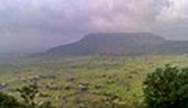
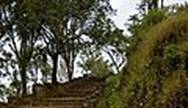

Taila Baila Fort Details
Pune to Kille Telbaila
Duration: 2.30 – 3 hours
Difficulty level: Medium

What to Expect
A mix of dense forest and open plateau.
– Various fruit-bearing trees and lush vegetation.
– Historical and cultural sites along the trail

Best Time to Visit
– Winter (October to February): Ideal for trekking due to pleasant weather.
– Monsoon (June to September): Offers lush greenery and waterfalls but requires extra caution due to wet conditions.
– Summer (March to May): Can be quite hot; start hikes early to avoid the heat.

How to reach there
Mulshi is accessible by road from Pune and Mumbai. Public transportation options and private vehicles are available for reaching the Taila Baila Fort.

Tips for Hikers
Carry at least 3 liters of water and some snacks.
– Consider hiring a local guide for a more informative experience.
– Start early to avoid the midday heat.
Experience the various trekking routes of Mulshi and immerse yourself in the natural beauty and cultural richness of this captivating region. Whether you seek adventure, tranquility, or historical exploration, Mulshi offers you a unique trekking experience.
admin
Published: October 9, 2024
